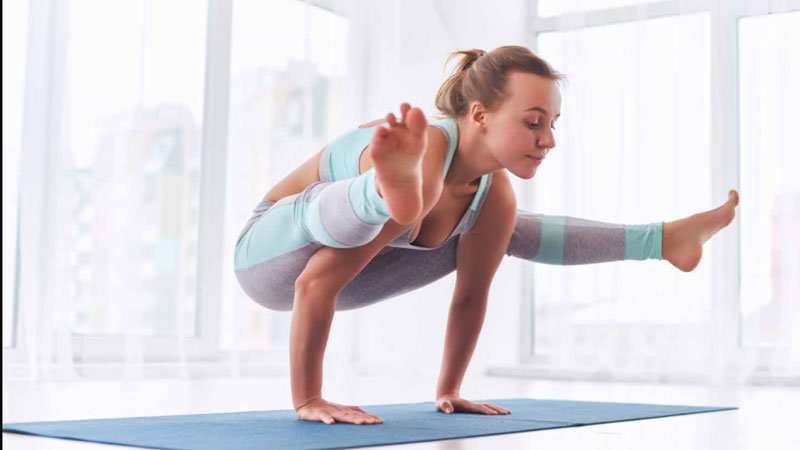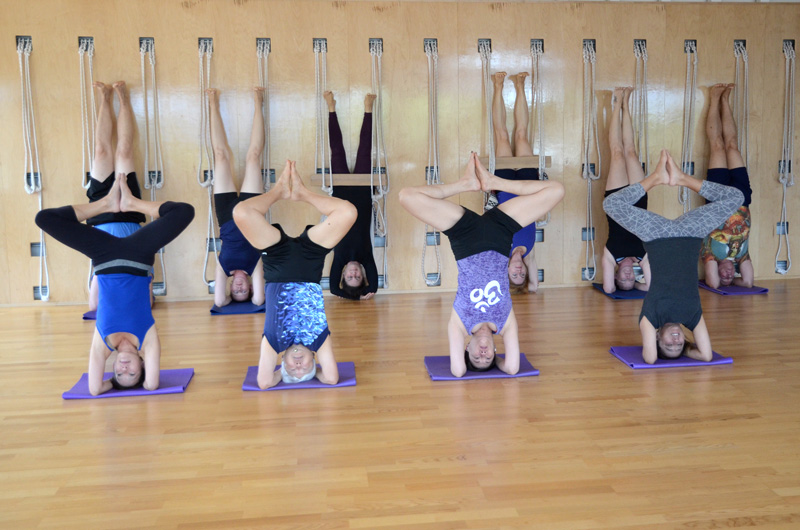Three Types of Yoga You Didn’t Know Existed
If you’re a new yogi, you’re probably surprised to learn that there’s more than one yoga style.
Yoga has become such a cultural smash hit in the USA that most people don’t even know its history. That’s not necessarily a bad thing, either. Unlocking the benefits of yoga doesn’t require you to know all the theories behind it. All you need is to have a good instructor, and you’re set.
For most people interested in the history and theory of yoga, one of the first things they learn is that there are different yoga brands. In this article, we will be looking at three types of yoga you might never have heard of:
Tantra yoga
Tantra yoga often gets misconstrued as sexual yoga. When it was first introduced to the west in the 19th century, it was branded as an exotic practice that improved sexual and spiritual intimacy.
What gives tantra yoga this reputation is that it teaches people to experience oneness with the cosmos by exploring and delighting the body. It combines various techniques to help people achieve a state of physical, mental, and spiritual ecstasy, which some may liken to an orgasm.
Also referred to as tantric yoga by some teachers, this exercise is for people who want to experience their physical bodies’ raw potential.
Ashtanga yoga
Ashtanga yoga is one of the most complex kinds of yoga around. It’s physically demanding, so a lot of people steer clear of it. It was developed in the 20th century by K. Pattabhi Jois, an Indian yogi.
The style bears a lot of similarity to the more popular Vinyasa yoga, especially with the flowing movements. It attempts to synchronize your movements and poses with your breath. It builds internal heat, so you should be ready for a lot of sweat if you want to try it out.
Students are typically required to learn the sequences by heart and practice without a teacher. It’s an ideal exercise for experienced yogi practitioners because of the physical and mental demands.
Iyengar yoga
Iyengar yoga was first described in 1966 by BKS Iyengar – considered one of the world’s top yogis during his time. This brand of yoga focuses on body alignment and precision, as you transition through yoga postures.
Unlike other kinds of yoga that can be practiced without tools, Iyengar uses many props to achieve perfect alignment. You’ll typically find belts, blocks, and blankets being used in an Iyengar yoga session.
Since it requires slow and methodical movements, it’s quite popular with people with limited mobility or injuries.
Conclusion
Yoga is an excellent way to exercise and relax for most people. When practiced with intent, it can help one achieve physical strength, mental clarity, and spiritual purity. Starting yoga with a clear goal helps you know what kind of yoga to practice. With your knowledge of these three yoga styles, you can now access even more of yoga’s benefits.



